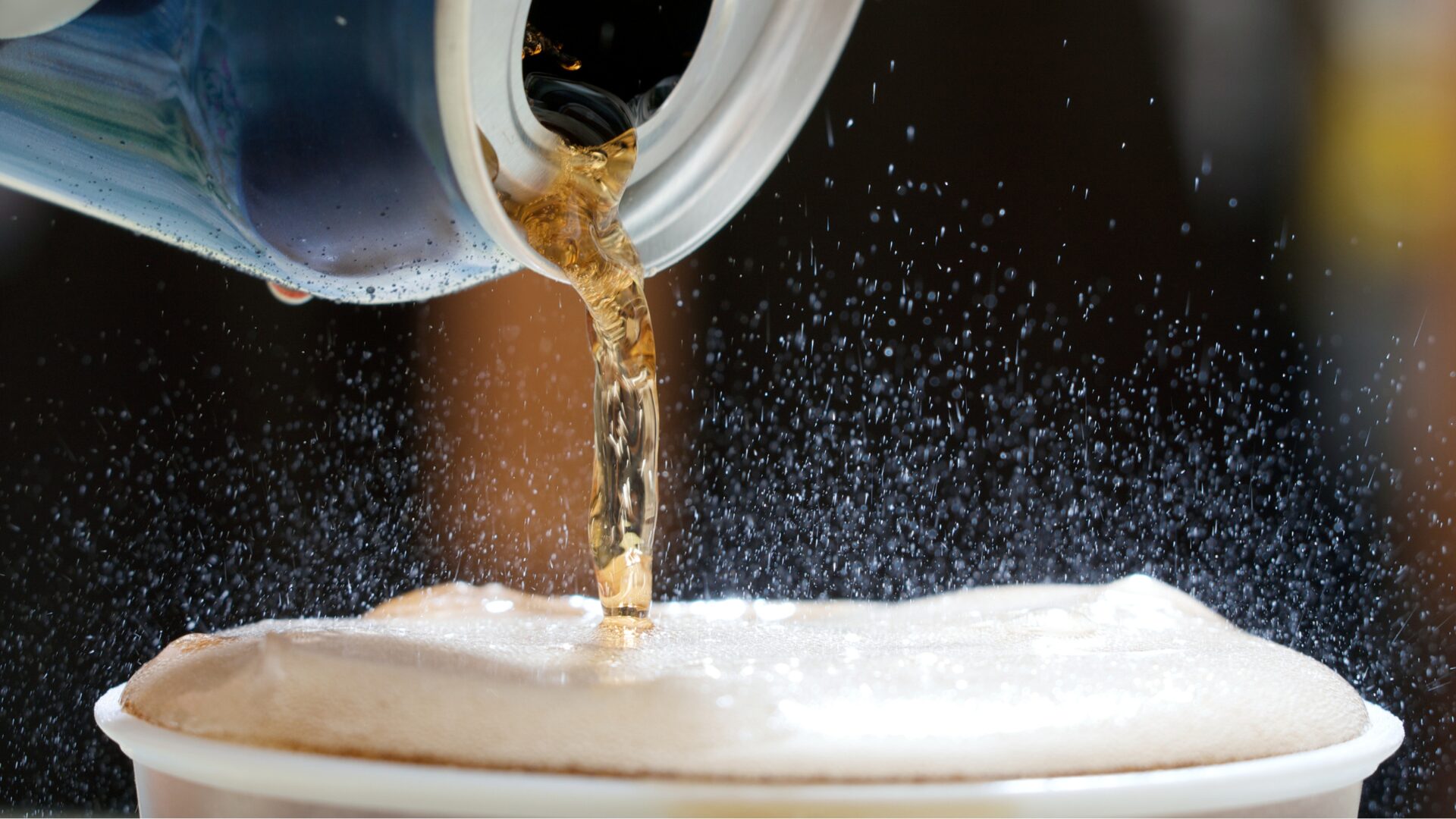Inflation at the grocery store continues to rise — and consumers are noticing.
In fact, the CPI food at home index rose 7.4 percent over the last 12 months, according to The Bureau of Labor Statistics. Further, all six major grocery store food group indexes increased over the period.
Nationally, the average annual cost of groceries for U.S. households is $4,942 for family of 2.5, according to 2020 figures from the Bureau of Labor Statistics.
That puts the average monthly grocery bill at $412 a month. Assuming a flat, across-the-board increase of 7 percent as per CPI numbers, this would lead to an increase of about $346 per year.
HOW ARE CONSUMERS REACTING?
Consumers are increasingly caught off guard by frequent price changes on everyday items, reported The Wall Street Journal (Feb. 4).
Shoppers typically expect prices at grocery chains to be more stable and are often sensitive to fluctuations. With that, some are buying in bulk again.
Coca-Cola CEO James Quincey believes consumers may soon become resistant to manufacturers and retailers raising prices after having endured a steady stream of price hikes over the past couple of years, reported CNN (Feb. 10).
Quincy noted that, previously, customers were better able to afford the increases due to stimulus money, but those circumstances were temporary.
“Eventually, it moves to another phase where there’s inflation and a squeeze on the income,” Quincey said during an analyst call. “It’s easier to do pricing in a stimulus environment where everyone else is going up. It’s much harder when there’s a real squeeze on income.”
Meanwhile, Maurice Obstfeld, senior fellow at the Peterson Institute for International Economics, said that food price increases would strain incomes in poorer countries, where some people may spend up to 50 or 60 percent of their income on food, reported The New York Times (Feb. 3).
“There’s a lot of cause for worry about social unrest on a widespread scale,” he told NYT, adding that it wasn’t “much of an exaggeration” to say the world was approaching a global food crisis.
WHICH PRODUCTS ARE SEEING THE MOST INFLATION?
Inflation is up in all food related categories, according to data from IRI as of February 6.
Here are some of the categories witnessing the most prominent hikes, per an IRI inflation tracker index where 100 is stable:
- Meat (113)
- Seafood (112)
- Beverages (111)
- Deli (109)
- Refrigerated (109)
- Frozen (109)
- Bakery (108)
Additionally, the percentage increase in produce prices was twice that of other food categories from November to December 2021, reported The Washington Post (Feb. 7).
Avocados in particular hit a record high ahead of the Super Bowl, with a 20-lb. box of Hass avocados from Mexico up $6.29 when compared to the same time last year, according to Bloomberg analysis of U.S. and Mexican data.
Separately, beer could also be getting more expensive as Heineken NV warned it’s facing the worst inflation in a decade and said consumers may cut back, threatening the industry’s recovery from the pandemic, reported Fortune (Feb. 16). The brewer will raise prices for its beer by “courageous” amounts as it seeks to offset rising raw material and energy costs and “crazy” shipping rates.












